It’s foolish to talk about your maximum shot distance in terms of shots that you’re always willing to take. Instead, your max shot distance is drawing the line on what shots you won’t take.
Say your max shot distance is 50 yards. Does that mean you will take every 50 yard shot? Of course not!
What if the wind is bad, there is an obstruction in the way, etc. The number that you have in your head for the longest shot you’ll take is only relevant if all conditions are perfect.
What factors should a bowhunter consider when they are determining what shots they should, or shouldn’t take? And what their max shooting distance should be?
I have thought of 11 things, but I’m sure there are more. Leave me a comment below and let me know if you have any other common variables that you consider in “Shoot or don’t shoot?” situations.
1. The Animal.
The shots that you are willing to take should depend upon the animal that you are hunting. My max distance for elk is considerably further than my max distance for whitetail. Not only are whitetail a smaller target, but they are also more skittish, which means that they can react and dodge an arrow more quickly than their larger counterparts.
2. The Moment.
We all get “buck fever” to some extent. And obviously, depending on how excited we are, that can affect our mental and physical abilities.
It’s easy to get caught up in the moment and not run through your shot sequence, or be so excited that you can’t hold your pin still.
3. Heart Rate.
Along with “The Moment”, maybe your heart rate is elevated because you just climbed a ridge, or made a tough stalk. This is especially true when you’re hunting “run and gun” style, as opposed to hunting from a blind or treestand. Take note of your physical condition, because it will factor into your accuracy.
4. Positioning.
Are you kneeling, sitting, standing, twisting, or bending? Have you practiced shooting from this type of position, and do you know what it does to your accuracy and point of impact?
5. Angles.
Here I’m referring to the angle of your shot. How comfortable are you shooting uphill, downhill, or across a sidehill slope? Once again, have you practiced these shots? Do you know what your tendencies are in these situations, and how the visual difference can affect your aim? Also, what angle is the animal at? Is it broadside, or quartering to/away? A quartering animal may mean a smaller window to the vitals.
6. Timing.
Timing is everything. In archery, if you want to be consistent, then you have to have a paced, methodical shot sequence. But in bowhunting, time is a luxury. Sometimes you only have one shot window. Sometimes you know that animal is getting ready to leave. If you don’t have time to range the distance, don’t have time to settle your thoughts, don’t have time to comfortably come to anchor and settle before the shot, then you’re accuracy is going to suffer.
7. Alert.
Big game animals have unbelievable reflexes. The best shot you can take is the one that is launched at a completely unsuspecting animal. As the alertness level of the animal increases, your effectiveness decreases. The shot may be great at it leaves your bow, but even in fairly short distances the animal can react and dodge the arrow. If the animal is even slightly aware of your presence, then you need to be very careful with your shot distance.
8. Wind.
A crosswind can push an arrow several inches, even at moderate ranges. And we all know that bowhunting is a game of inches. There are things you can do to make your arrow more resistant to wind drift (shaft selection, vane type, broadhead design, etc.), but don’t forget that the wind can also affect how easy it is for you to hold your bow steady.
9. Obstructions.
It’s easy to focus on your target and your sight pin, but don’t forget that your arrow doesn’t travel on a flat horizontal plane as it approaches your target. Obstructions, such as branches, can contact your arrow in flight and even slight contact can send your arrow way off the mark. The longer the distance your shot, the more chances you have for interference, and the harder it is to judge the correct arrow path to avoid obstructions.
10. Your Gear.
How much have you practiced with the hunting clothes, gear, and other gear that you’ll be wearing while hunting? Have you practiced in your rain gear and cold weather clothing? With your pack on? Your binoculars around your neck? Or maybe your bugle slung over your shoulder? These seeming small details can cause interference with your bow’s string, or even inhibit your perfect shooting form.
11. The Invisible Bullseye.
You’ve heard the term, “Aim small, miss small.” That’s true, and it’s easy to do when you have a bullseye on a target to aim for. However, when aiming at a game animal, it can be difficult to “aim small”. Where exactly should you aim? And what visual indicator will help you hold your pin on that exact spot? Try shooting at a bullseye, and then shooting at a blank target – which do you find easier, and on which is your accuracy better? Most likely, you’re more effective with a bullseye.
Feel It Out
I’m not advocating that you remember each of these points and run through a checklist for each and every shot opportunity. That would be great, if time allows, but that’s not going to happen. What you can do, however, is train yourself to be aware of these variables and “subconsciously” assess the situation.
You need to know that while you’re perfectly comfortable taking a XX-yard shot in perfect conditions, you may need to limit yourself to a shorter distance because of one, or many, of the aforementioned variables.
My Max Distance
My max distance on a whitetail is 40 yards; that is if everything is perfect, and I’m not considerably affected by anything of the variables above. For elk, I’m comfortable in the mid-50s.
I want to be closer than that – and if it’s windy, I’m in an odd position, the animal is alert, etc. – then I insist on being closer.
What Am I Missing?
What other factors do you consider when assessing shot opportunities? Let me know in the comments below…

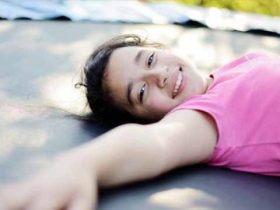
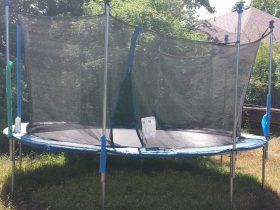


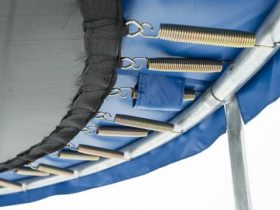
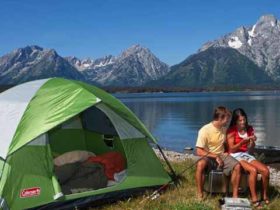
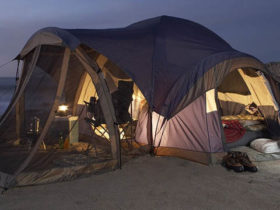
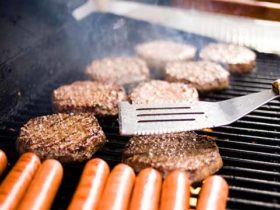
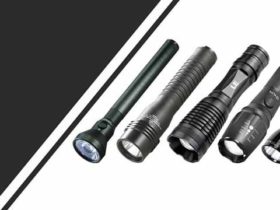
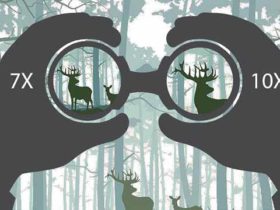
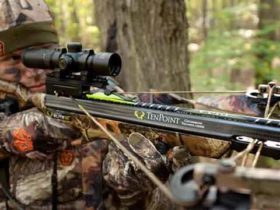
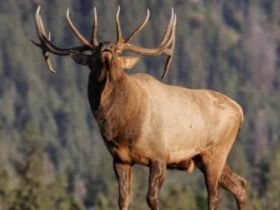
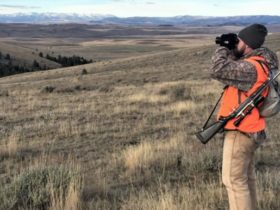
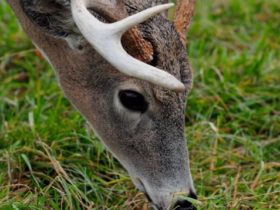
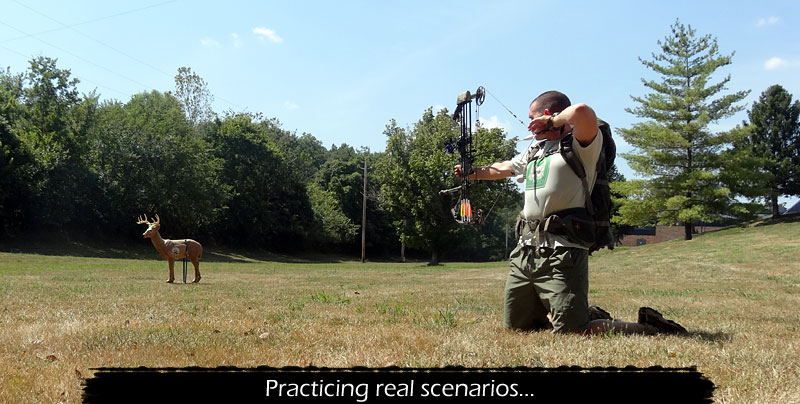
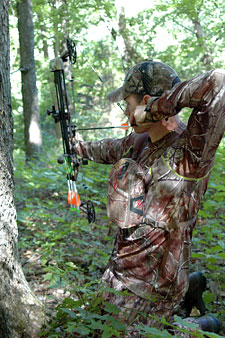
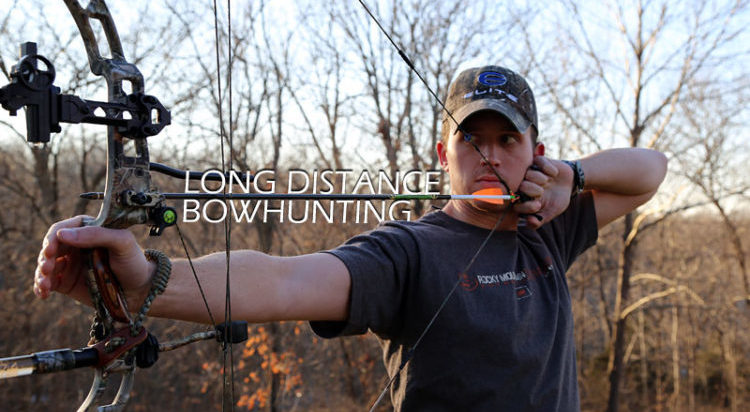




Leave a Reply
View Comments